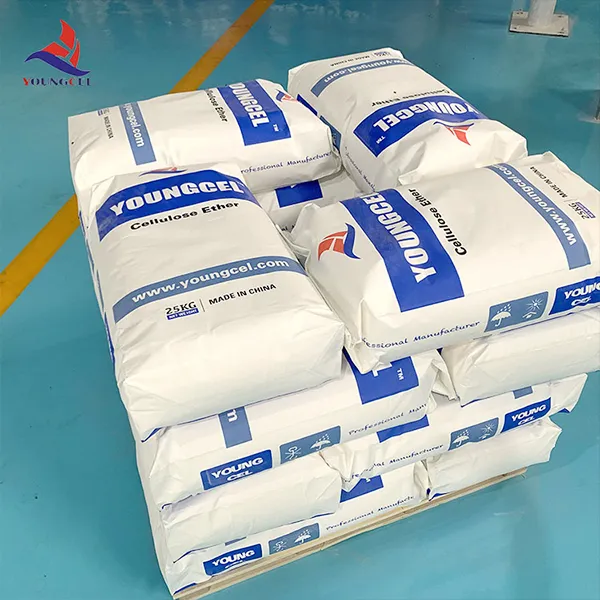The Rise of Additive Powders in Modern Manufacturing
In the ever-evolving landscape of manufacturing and technology, additive powders have emerged as pivotal components, revolutionizing various industries. These fine materials play a critical role in additive manufacturing, commonly known as 3D printing, which is reshaping how products are designed, produced, and delivered. This article explores the significance of additive powders, their applications, benefits, and future potential.
Additive powders refer to the fine particulate materials used in additive manufacturing processes. These powders can be made from a variety of substances, including metals, plastics, ceramics, and composites. Depending on the type of 3D printing technology employed, the characteristics and specifications of these powders can vary significantly. For instance, in metal additive manufacturing, powders must possess specific particle sizes and shapes to ensure optimal flowability and packing density, which directly affect the quality of the printed object.
One of the most significant advantages of using additive powders is the ability to produce complex geometries that are often unattainable through traditional manufacturing methods such as machining or injection molding. Additive manufacturing allows for the layer-by-layer construction of parts, enabling the creation of intricate designs and lightweight structures, while minimizing material waste. This has the potential to lead to more sustainable manufacturing practices.
In industries such as aerospace, automotive, and medical devices, the precision and customization enabled by additive powders are particularly valuable. For instance, in the aerospace sector, manufacturers are leveraging additive powders to produce lightweight components that contribute to fuel efficiency without compromising structural integrity. Similarly, the medical field increasingly employs additive manufacturing to create patient-specific implants and prosthetics, tailored to fit individual anatomical requirements.
Moreover, additive powders are playing a vital role in the push toward sustainability in manufacturing. Traditional manufacturing processes often involve subtractive methods, where materials are cut away from a solid block, leading to significant waste. In contrast, additive manufacturing can utilize nearly 100% of the raw material. This shift not only reduces waste but also cuts down on energy consumption associated with the manufacturing process.
additive powder

The development of new and advanced additive powders has seen significant investment and research into optimizing material performance. For example, innovations in metal alloys and ceramic composites are enabling manufacturers to explore new applications. The incorporation of novel properties such as heat resistance, corrosion resistance, and enhanced strength can open doors to industries previously deemed impractical for additive manufacturing.
However, the journey of additive powders is not without challenges. One major hurdle is the standardization of materials and processes. As the market for additive manufacturing grows, the need for consistent quality and reliable material performance becomes increasingly important. Establishing industry standards and certification processes is critical to ensure that manufacturers can confidently utilize additive powders in their production processes.
Furthermore, the costs associated with high-quality powders can be a barrier to entry for smaller manufacturers. While prices have been decreasing, obtaining the necessary materials for specialized applications still represents a significant investment. Innovating low-cost alternatives and advancing recycling techniques for used powders can help bridge this gap, making additive manufacturing more accessible to a wider range of industries.
Looking to the future, the potential for additive powders in manufacturing seems limitless. As technology continues to advance, we can expect to see more sophisticated powder formulations and improved printing techniques that enhance the properties of printed parts. The integration of artificial intelligence and machine learning in optimizing additive processes may also lead to breakthroughs in both speed and efficiency of production.
In conclusion, additive powders are at the forefront of modern manufacturing, driving innovation across a multitude of industries. Their ability to create complex, environmentally sustainable, and customizable products positions them as essential materials in the evolution of production methods. While there are challenges to overcome, the continued research and development in additive powders will undoubtedly pave the way for a new era of manufacturing that embraces efficiency, precision, and creativity. As we look ahead, the world of additive manufacturing, led by these versatile powders, appears brighter than ever.
-
The Application and Significance of Construction RdpNewsMay.19,2025
-
Industrial Grade HpmcNewsMay.19,2025
-
Building Coating Adhesive Building Coating Adhesive HpmcNewsMay.19,2025
-
Application Of Hpmc For Detergent For Detergent In DetergentsNewsMay.19,2025
-
Application Of Hpmc Cellulose In Cement-Based MaterialsNewsMay.19,2025
-
Application Of High Quality Hpmc For Construction In The Field Of ConstructionNewsMay.19,2025




